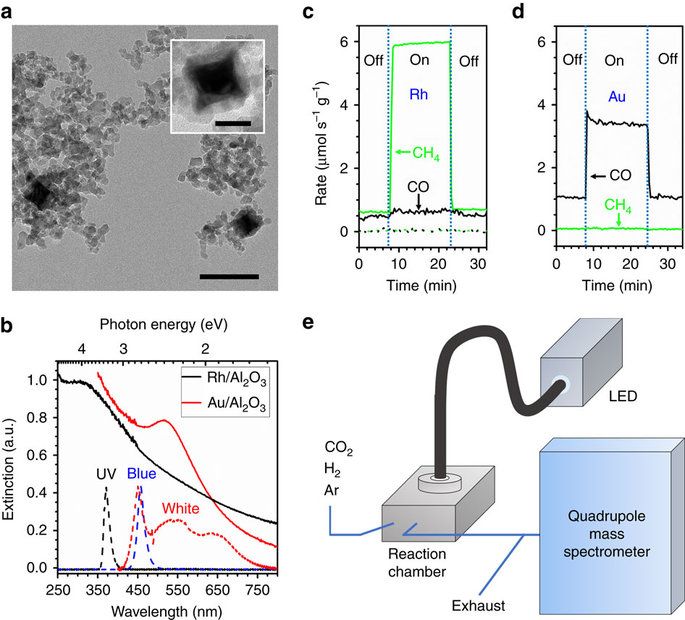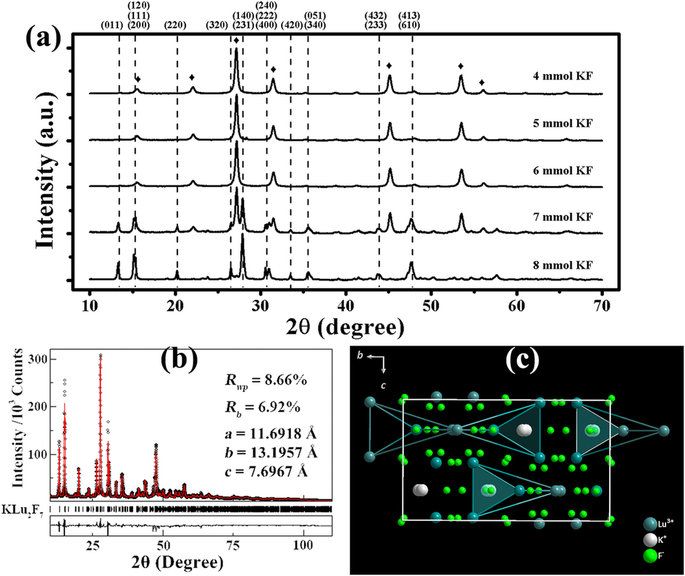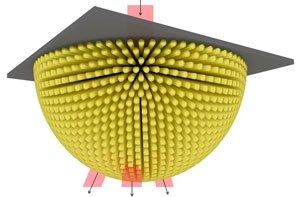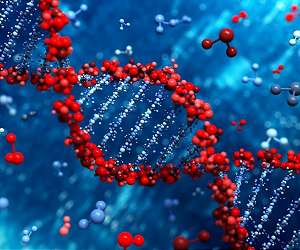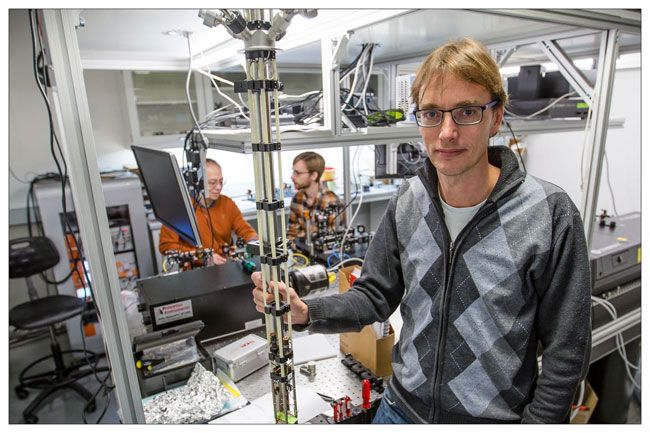Feb 23, 2017
Product selectivity in plasmonic photocatalysis for carbon dioxide hydrogenation
Posted by Karen Hurst in category: nanotechnology
Nice development — demonstrating that light can control product selectivity in complex chemical reactions can be performed reliably.
Atmospheric CO2 can be transformed into valuable hydrocarbons by reaction with H2, but CO is the favoured kinetic product. Here, Liu and co-workers show that plasmonic rhodium nanoparticles not only reduce the activation energy for CO2hydrogenation, but also photo-selectively produce methane.
